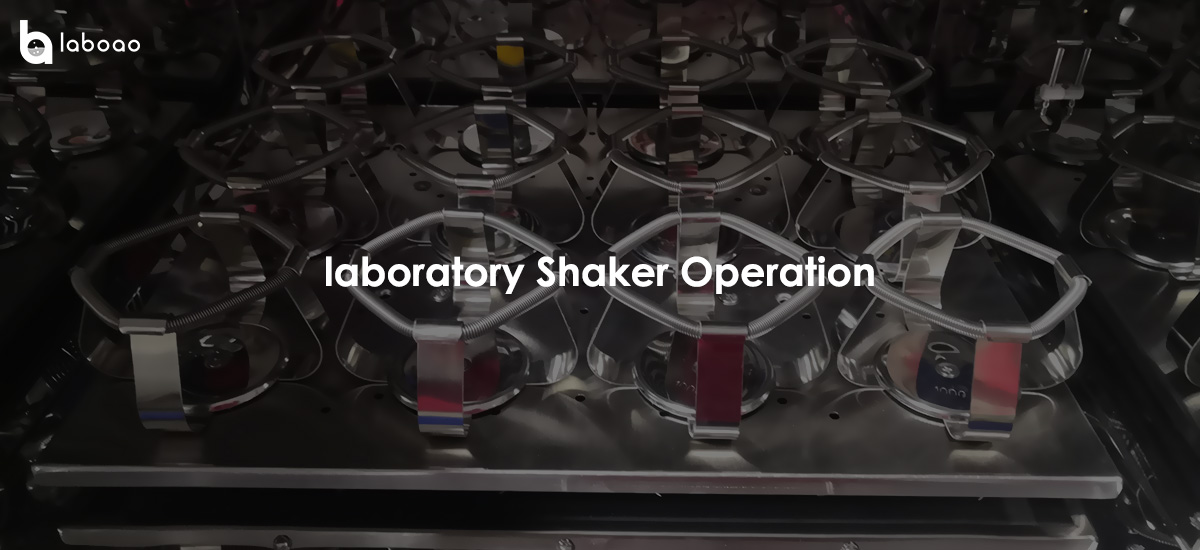
When you use the laboratory shaker, please follow the instructions for safe operation of the laboratory shaker before, during and after installation to avoid unnecessary equipment failures. For the safe operation of the equipment, please also follow the following requirements:
1. Positioning: Please place the shaker on a water platform or workbench that can support the weight of the shaker and all related parts.
2. Use environment: Please ensure that the indoor temperature range is between 18°C and 34°C, and the relative humidity is as high as 90%
3. Power supply voltage: Please confirm that the local power supply voltage meets the requirements before use. It is recommended to connect the equipment to a dedicated power supply that has installed grounding protection.
4. Equipment leveling: The equipment is properly leveled by placing the bubble level on the drive bearing shell at the top of the center.
5. Component installation: The installation of the flask clamp is to fix the base of the clamp to the platform by using the correct type and number of screws.
6, standard operation:
(1). When the shaker is rotating at high speed, in order to avoid large vibrations of the instrument, the culture reagent bottles should be placed symmetrically on the shaker, and the culture solution of each bottle should be approximately equal.
(2). Please fix the sample firmly on the shaker, and make sure that the sample will not shake violently when the shaker is working.
(3). During the sampling process, if any sample is found to be missing (including the drop of the stopper), turn off the main power supply and use tweezers to remove the debris as much as possible. If necessary, remove some parts for cleaning. Do not use your hands when the shaker is working. Direct processing.
(4). It is forbidden to put the pipe rack made of plastic foam into the shaker, so as to prevent the foam particles from being sucked into the fan shaft, causing the fan to overheat and burn!
(5). When taking out the sample, turn off the power or set the speed to zero.
7, maintenance:
(1). The surface of the instrument should be frequently scrubbed to keep it clean. When scrubbing, avoid the side of the instrument control box to avoid dripping into the instrument and damaging the instrument.
(2). When the instrument is used frequently, an appropriate amount of grease should be added every few months, and the fuse box, control components and the fastening screws of the instrument should be checked regularly for looseness.
(3). After long-term use of the shaker, if the instrument fails, it should be repaired by professional maintenance personnel and cannot be easily disassembled.
(4). When the shaker is not in use for a long time, especially in the rainy or humid season, it should be energized and run for 5-8 hours on a regular basis (one month per month) to drive off the water absorbed by the electrical components of the equipment.